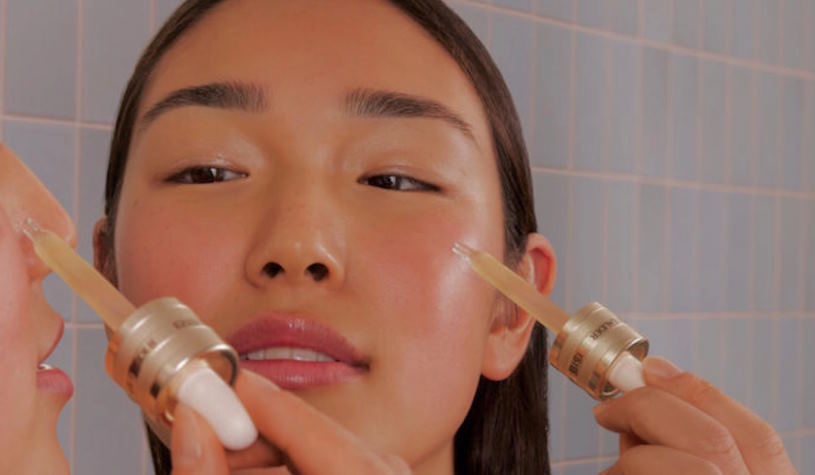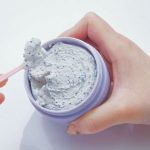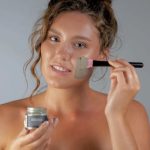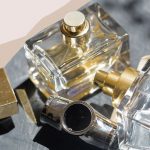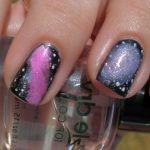Straddling the fine line between oily and dry, combination skin presents a unique set of concerns that demand a tailored and precise approach. The forehead might gleam with excess oil, while the cheeks feel parched and tight. Understanding the intricate interplay between these distinct skin characteristics is essential to crafting an effective skincare regimen that addresses both the oily and dry areas without causing imbalance.
The Science Behind Combination Skin
Combination skin, with its unique blend of oily and dry areas, is the result of intricate physiological processes within our skin. Understanding the science behind these characteristics can shed light on how to best care for such a complex canvas.
Role of Sebum Production
Sebum, an oily substance produced by the sebaceous glands, plays a pivotal role in the health of our skin. These glands are distributed across the body but are particularly concentrated in the face. The forehead, nose, and chin – collectively known as the T-zone – are rich in sebaceous glands, making them prone to excess oiliness. The cheeks and jawline, on the other hand, generally have fewer sebaceous glands, leading to drier tendencies.
The function of sebum extends beyond being the culprit of unwanted shine. It’s a natural lubricant that helps maintain skin suppleness and moisture balance. However, when overproduced, it can lead to clogged pores and acne in the oily-prone areas. Striking the right balance of sebum production is vital for achieving healthy, radiant skin.
Factors Influencing Skin’s Hydration
A well-functioning moisture barrier is crucial for skin hydration. This protective layer, composed of lipids and skin cells, prevents water loss and shields the skin from external aggressors. In dry-prone areas, a compromised moisture barrier can result in flakiness and discomfort.
Environmental factors also play a significant role in skin hydration. Exposure to harsh weather conditions, low humidity, and air pollution can strip the skin of its natural moisture, leaving it vulnerable to dryness. Proper hydration not only promotes a healthy complexion but also contributes to the overall comfort and resilience of combination skin.

Crafting a Tailored Skincare Routine
Navigating the complexities of combination skin requires a carefully curated skincare routine that caters to both oily and dry areas. By employing precision and insight, you can achieve a balanced complexion that radiates health and vitality.
Toning to Restore pH Balance
Maintaining the skin’s pH balance is crucial for combination skin. Choose an alcohol-free toner that helps to rebalance the skin’s pH without over-drying. Targeted application is key; use a milder toner on dry-prone areas and a slightly astringent one on oilier zones, like the T-zone.
Moisturizing for Both Oily and Dry Areas
Hydration is paramount for combination skin. Opt for lightweight, oil-free moisturizers for oily zones. These formulas provide essential hydration without exacerbating oiliness. For drier areas, reach for richer moisturizers that replenish the skin’s moisture barrier, alleviating flakiness and discomfort.
Weekly and Monthly Care
In your quest for balanced and radiant combination skin, incorporating regular exfoliation and targeted face masks into your routine can make a world of difference.
Exfoliation Strategies
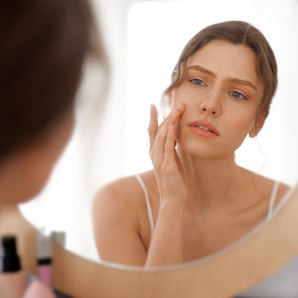 Exfoliation is a crucial step in maintaining healthy skin, but it’s important to tailor your approach to your skin’s specific needs. For oily areas, opt for gentle exfoliants with ingredients like salicylic acid. This helps to unclog pores and control excess oil production without causing irritation. On the other hand, for dry zones, choose milder exfoliation techniques like enzymatic exfoliants or gentle physical exfoliators. This aids in removing dead skin cells, allowing moisturizers to penetrate more effectively.
Exfoliation is a crucial step in maintaining healthy skin, but it’s important to tailor your approach to your skin’s specific needs. For oily areas, opt for gentle exfoliants with ingredients like salicylic acid. This helps to unclog pores and control excess oil production without causing irritation. On the other hand, for dry zones, choose milder exfoliation techniques like enzymatic exfoliants or gentle physical exfoliators. This aids in removing dead skin cells, allowing moisturizers to penetrate more effectively.
Face Masks Tailored for Combination Skin
Face masks offer an opportunity to cater to the distinct requirements of different areas on your face.
For oily-prone areas, clay masks work wonders. They absorb excess oil, minimize the appearance of pores, and provide a matte finish. Look for masks containing ingredients like kaolin or bentonite clay for a deep cleansing effect.
When it comes to dry-prone areas, hydrating masks are your go-to. These masks are formulated to infuse moisture into the skin, alleviating dryness and promoting a plump and youthful complexion. Ingredients like hyaluronic acid and glycerin can work wonders in boosting hydration levels.

